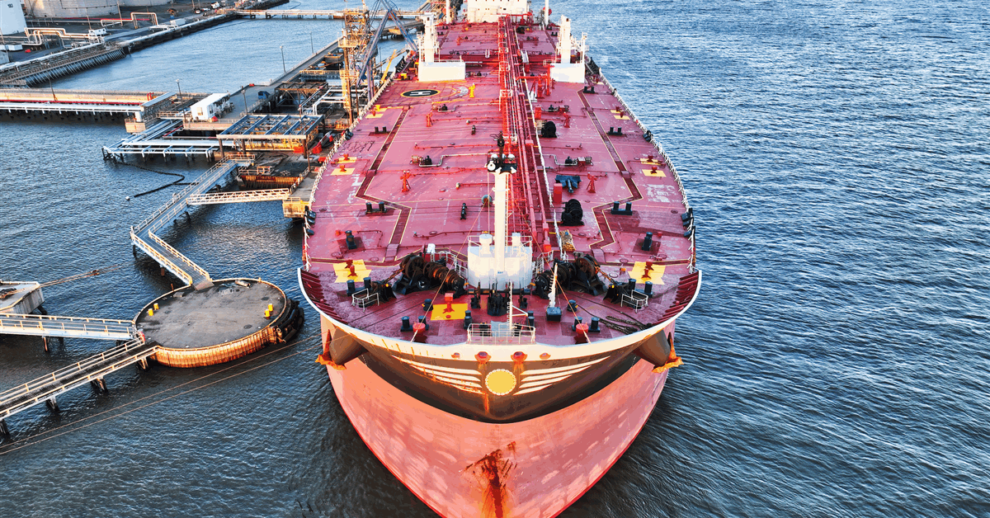Libya has started exporting oil from the Erawin field in the Murzuq basin, the maiden shipment amounting to about 600,000 crude barrels.
The onshore oil field, located about 25 miles northeast of Owainat city and around 62 miles southwest of the Sharara oil field, began production April at a rate of 3,000 barrels per day (bpd), as announced earlier by state-owned oil and gas explorer and producer Zallaf Co. Erawin has reached 6,000 bpd this month, Zallaf said in a press release Sunday announcing the first export.
“The shipment was dispatched through Az-Zawiah’s port, underscoring a milestone in Erawin’s oil production and the N.O.C’s strategic export initiatives”, the National Oil Corp. (NOC), Zallaf’s parent company, said in its own announcement of the start of shipments.
Erawin has an output capacity of 16,000 bpd. “The plan is for transporting crude oil by tankers at a rate of 12 trips per day from the production tanks in the Erawin field to the surface treatment unit in the Sharara field of the Akakus Oil Operations”, Zallaf said.
The start of production was delayed by about half a year based on the declared planned startup of November 2022.
Oil and gas operations in Libya have been hit by recurring blockades in the aftermath of the civil war that broke out 2011. World Bank estimated the Libyan economy had shrunk by 1.2 percent last year due to a blockade of oil production during the first semester. An analysis by the United States Energy Information Administration (EIA) published May 9, 2022 said due to political instability since the start of the civil war, Libya’s petroleum production has fallen from 1.7 million barrels of oil per day (MMbpd) between 2006 and 2010 to a maximum capacity of 1.3 MMbpd. The report on the EIA website cited repeated domestic oil blockades, among other factors.
The NOC is now aiming to raise oil output to two MMbpd, it said March 30 announcing its approved plan for 2023-27.
The lifting of force majeure declarations by at least three companies this year is a positive development for that target.
On August 3 the NOC announced BP PLC and Eni SPA had decided to lift their force majeure status for their Libyan operations and resumed “contractual obligations in the blocks awarded to them in the Ghadames Basin (A-B) and offshore Block C”.
Sonatrach Group followed suit. In a news release November 7 the Algerian state-owned oil and gas company said it was in the process of restarting exploration for blocks 065 and 96/95 in Ghadames.
The NOC on December 5, 2022 issued a call for international oil and gas firms that have exploration and production agreements in the North African country to lift their force majeure declarations. In a media release at the time, the NOC gave assurance of “readiness to provide all necessary support to resume their operations, as well as assisting them in facilitating the return, along with providing a safe working environment in cooperation with the civil and military authorities of the Libyan state”.
After BP and Eni’s restart decision, Norway’s Equinor ASA on October 17 signed a memorandum of understanding with the NOC to explore potential oil and gas development in Libyan waters, as announced by the NOC at the time.
That development was followed by Arabian Gulf Oil Co.’s start of production at the Misla oil field’s well DD21-80. Previously considered a non-producing well, the new project has been put online at a rate of 1,510 bpd, the NOC said in a press release October 26.
In another milestone that followed the August announcement of the lifting of force majeure by the British and Italian energy giants, Austria’s OMV AG declared it would launch exploratory drilling in Libya February 2024, according to an NOC news release November 6.
Source : RIGZONE





Add Comment